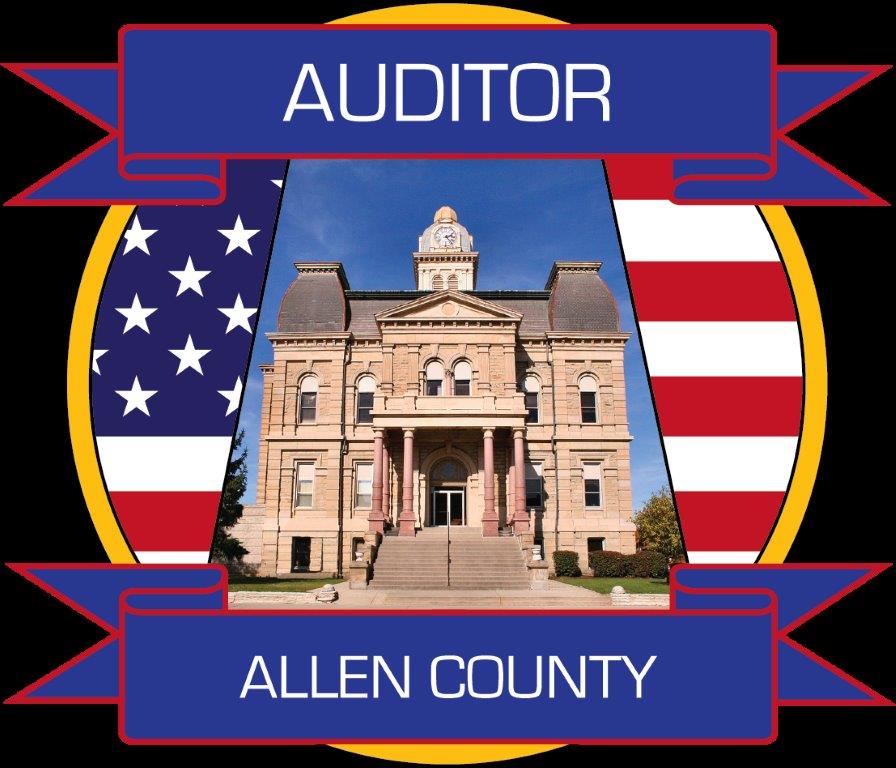Real Estate

Real Estate Property
County Auditors across the state are mandated by the Department of Taxation to conduct a comprehensive county-wide reappraisal of real estate properties every six years to establish property values for tax purposes. A uniform approach produces a fair estimate of what the property would sell for on the open market. There are many variables that influence the market value of a property other than comparable sales. These variables include amongst others, interest rates, cost of land acquisition, construction and material costs. On the third year update, between the six-year reappraisal cycle, the values are established based on a comparable sales evaluation.
Click on the link below to view a short video on the reappraisal process.
Transfer of Ownership
When a real property parcel transfers ownership a legal document commonly referred to as a “Deed” must be prepared. A deed transfer must be completed in order for a transfer to be considered a legal transaction. The Auditor is responsible for maintaining the accuracy of these records.
In order to transfer a property, a Conveyance form is required in addition to the deed. The forms are then taken to the Allen County Auditor’s Office where a $3.00 per thousand Conveyance fee is paid, plus a Transfer fee of $0.50 per parcel.
When the forms are completed, the deed is then taken to the Allen County Recorder’s Office (Allen County Courthouse, Room 204) where it is legally recorded. Access the Recorder’s Office recording fees.
For additional information regarding transfer of ownership, please visit the Conveyance page.
Tax Exempt Properties
There are several types of real property that may qualify for Tax Exemption in Allen County, including:
- County owned property
- Townships, Cities, and Villages
- Public Parks
- State of Ohio – ODOT, OARDC, OSU
- Schools
- Non-Profit Organizations – Salvation Army, Every Woman’s House, etc.
- Colleges
- Graveyards
- Churches – The areas that are exempt are the actual place of worship, Sunday school classrooms, fellowship halls and pavilion areas used by the church. However, parsonages are not exempt. If the parsonage is on the same parcel as the church, the state will tax one acre of land and the parsonage. If the parsonage has a church office or a basement that is used as church storage, the state will exempt the office and the basement, leaving the rest of the square footage as taxable.
- Hospitals – If these entities were to lease a portion of their property for profit or the land becomes vacant with no future plans for use, these portions would not qualify for tax exemption.
Please complete the Tax Exemption Application if you would like to apply for a property to be exempt.
Combining Properties and Land Splits
In order to split portions of a parcel or create new plats, parcels must meet the requirements for conveyance and Allen County Regional Planning Commission regulations. A new survey is conducted for the effected parcels. A deed with the new legal description is then submitted to the Auditor’s Office. Once the split is approved, the property will then be conveyed and recorded. Please note that all documents presented to the Auditor’s Office indicating a split must have the proper approval stamp(s) on the document before the split can be processed.
For additional information regarding combining properties and splits, please visit the Conveyance page.
AG District Program
In 1982, the Ohio General Assembly forged a new law that will help keep Ohio farming. Senate Bill 78 or better known as the Farmland Preservation Act is a law that every farmland owner needs to be aware of. The law has important benefits for Ohio farmers and can help insure proper use of our state’s most important resource – land. The Ohio Farm Bureau Federation was instrumental in the construction of this law. The law can help landowners deal with water and sewer assessments, nuisance lawsuits and the powers of eminent domain. The motivation behind the Farmland Preservation Act is to remove outside pressures that cause farmland to be converted to other uses.
For additional information regarding the AG District Program, please visit the Agricultural District page.
Tax Incentive Review Council
The Tax Incentive Review Council (TIRC) is an interjurisdictional body created to review and evaluate the performance of each Enterprise Zone (EZ) and Community Reinvestment Area (CRA) Agreement. The TIRC was created by the County when the original Enterprise Zone or Community Reinvestment Area was set up. The TIRC includes the County Auditor, Three County-Appointed Members, Two Local Government Representatives, a Representative from the Affected School District, and a Representative from the Affected Joint Vocational School District.
The TIRC is charged to annually review each EZ and CRA Agreement and determine whether or not the business has complied with the terms and conditions of the agreement. Upon review, the TIRC makes a formal recommendation to the affected local government and County to continue, amend or cancel the abatement.
The County receives the Annual EZ/CRA Reports from the Ohio Department of Development in late December to early January of each year. These reports are broken into Sections A, B and C. Sections A and B are completed by the County and Section C is for each EZ or CRA within the County. The County sends Section C to the various companies for completion. The completed Section Cs are presented and reviewed at the annual TIRC meeting to ensure that the companies have completed their investments in real and personal property and created and/or retained jobs.
Community Reinvestment Area (CRA)
The Ohio Community Reinvestment Area program is an economic development tool administered by municipal and county governments that provides real property tax exemptions to businesses or individuals making investments in Ohio. In order to use this program, a city, village or county must petition the Ohio Department of Development for a geographical area in which investment in housing has generally been discouraged. The petition is reviewed by the department. A housing survey performed by the city, village or county could be involved. Once an area is confirmed, communities may offer real property tax exemptions to taxpayers that invest in the area.
If you have questions on the Community Reinvestment Area program, please contact the Ohio Department of Development’s Tax Incentive Office by calling 614-466-4312 or 800-848-1300.
Changes in Personal Property Taxes 2005-2008
The majority of personal property tax rolled off in 2008; therefore many personal property only abatements will now have 0 taxes paid and 0 taxes forgone. (The exception is for telephone, inter-exchange telecommunication companies or entities leasing property to telephone and inter-exchange telecommunications companies.)
It is a local decision whether to terminate personal property only tax abatement agreements or to continue the agreements until their designated end date. The County first needs to ensure that personal property is actually no longer taxed. Second, the County needs to ensure that schools are in agreement with termination (losing the balance of their school payments or getting a settlement from the companies instead). Third, the County needs to ensure that communities want to terminate the agreement because the County and community can no longer hold the companies accountable for job creation and/or retention commitments and they will lose their annual monitoring fee.
